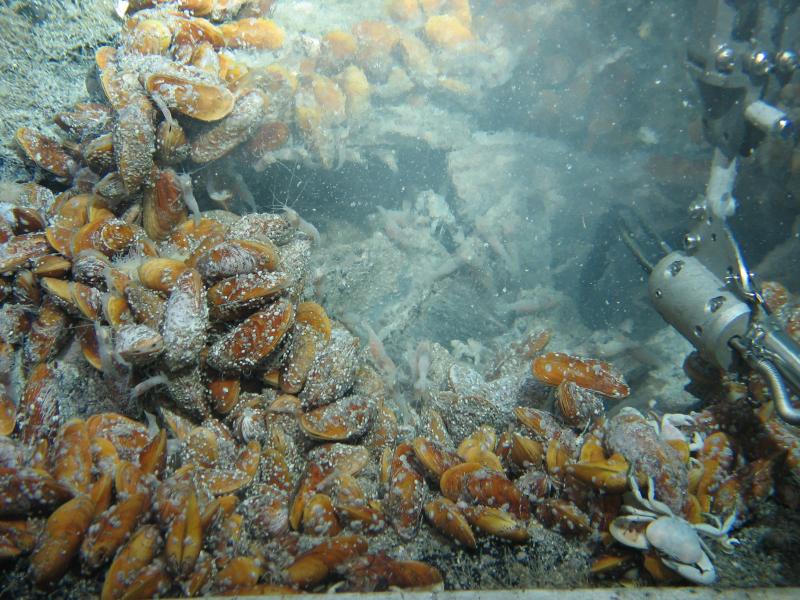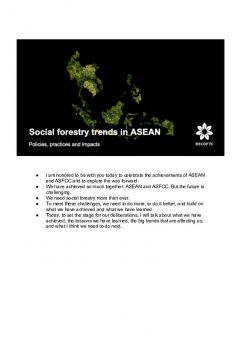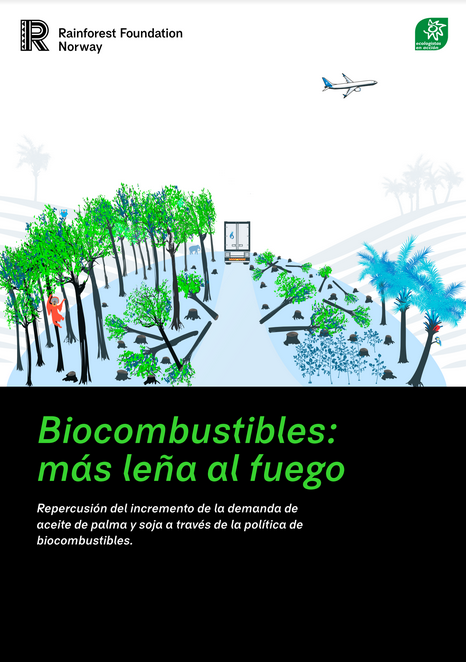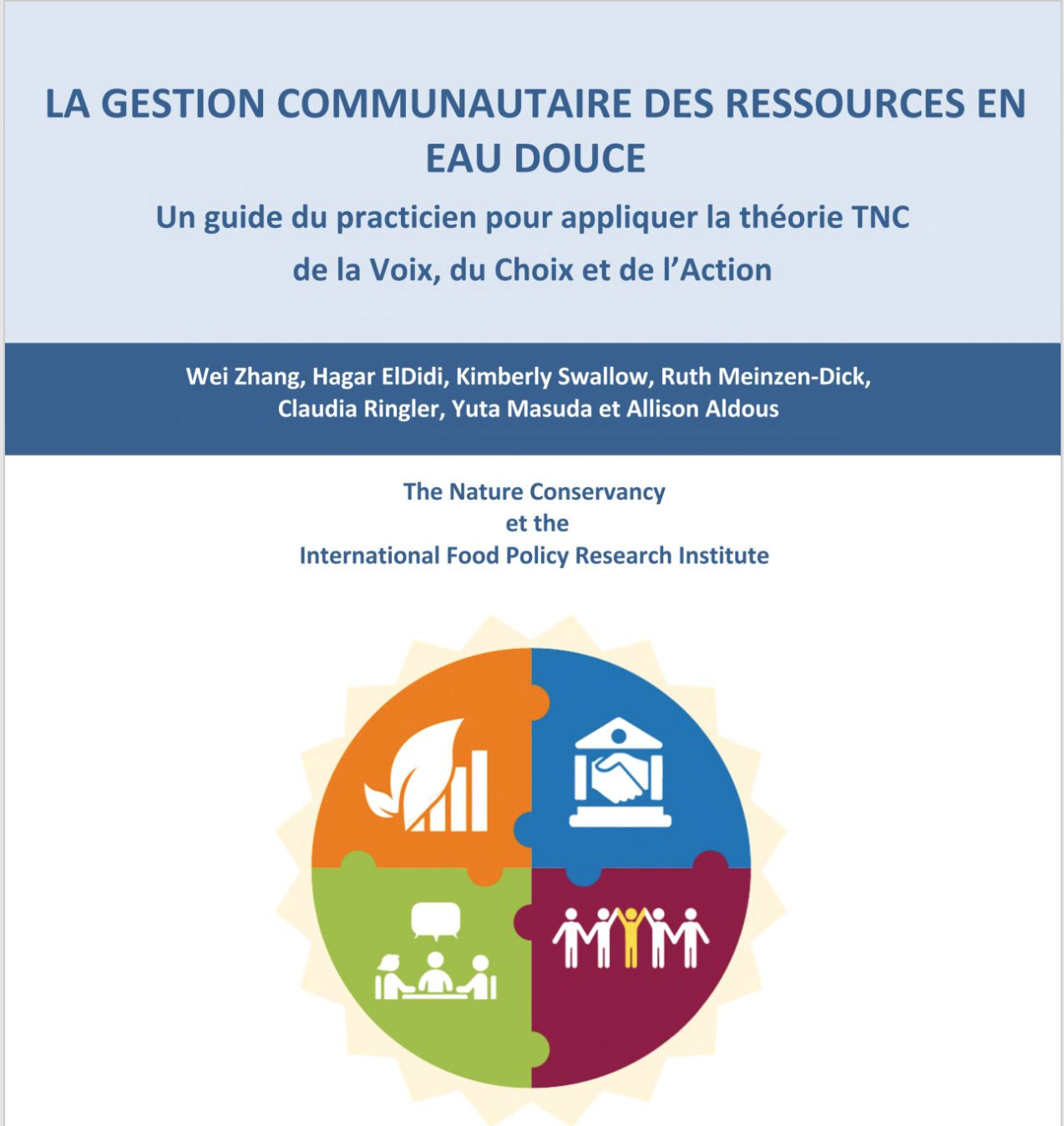Ghana Country Environmental Analysis
Over the past 30 years, real GDP in Ghana has more than quadrupled, and in 2011 the country joined the ranks of Lower Middle-Income Countries (LMICs). Macroeconomic momentum has been driven in part by higher prices for Ghana’s main commodity exports, gold and cocoa, and the start of commercial oil production. This fits an overall trend that has seen natural resource rents as a percentage of GDP more than double between 1990 and the present; approximately one-half of these rents come from non-renewable sources (oil, mineral, natural gas).








